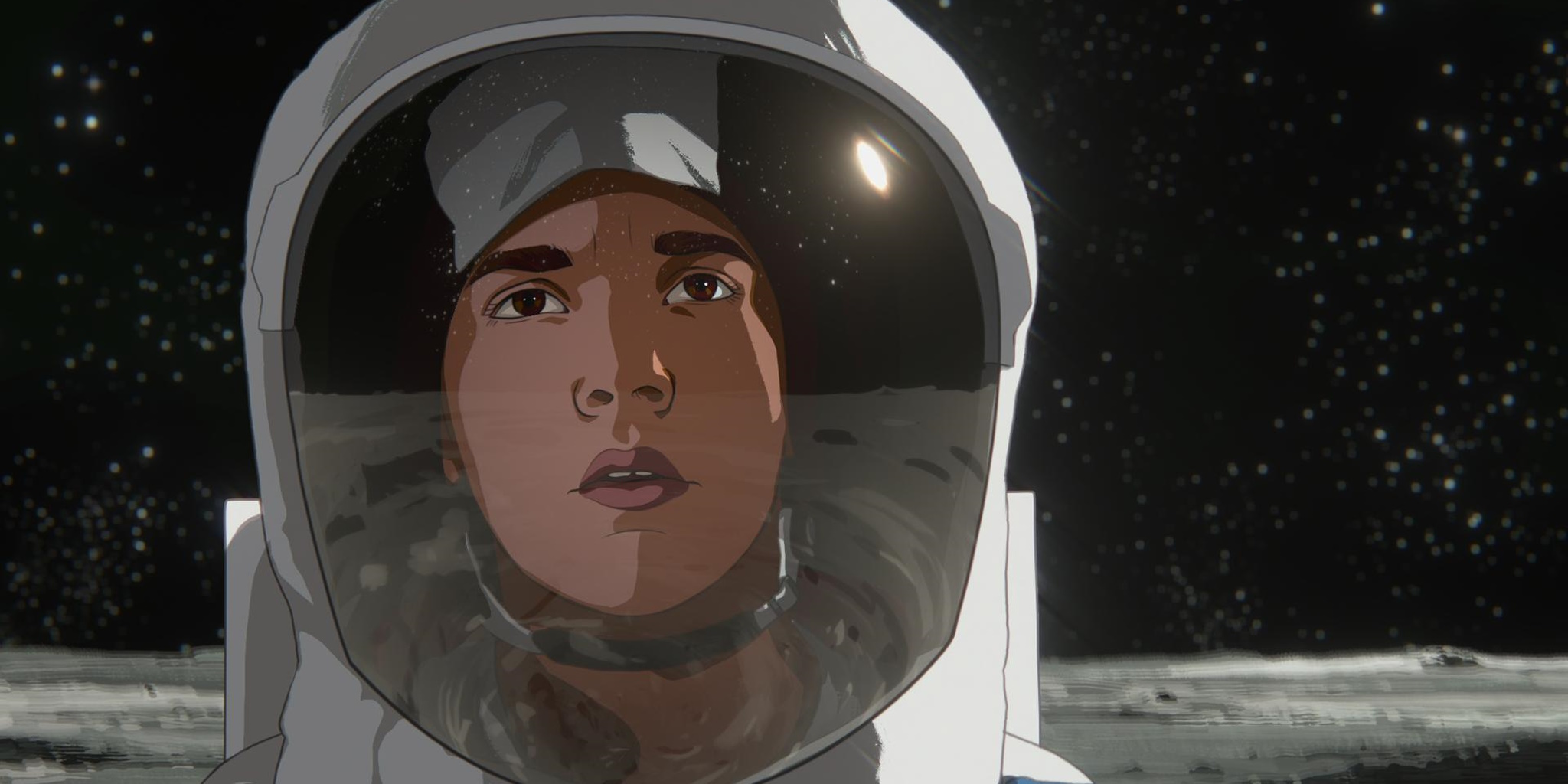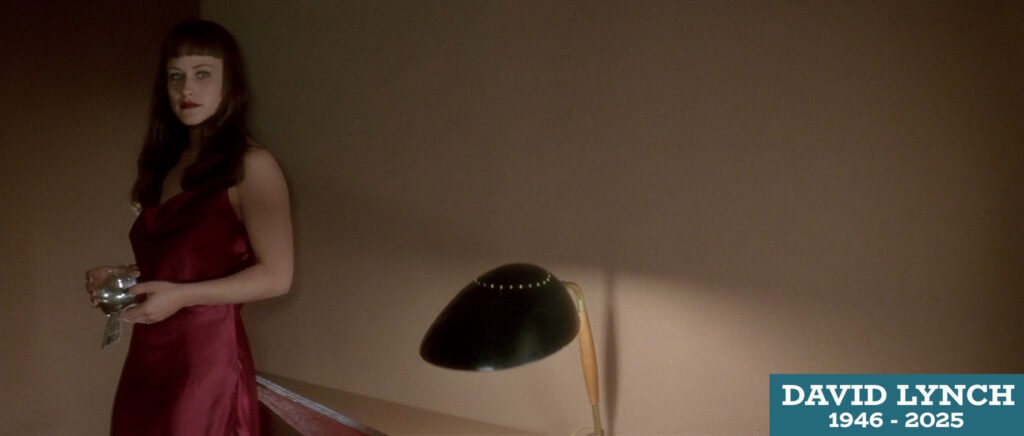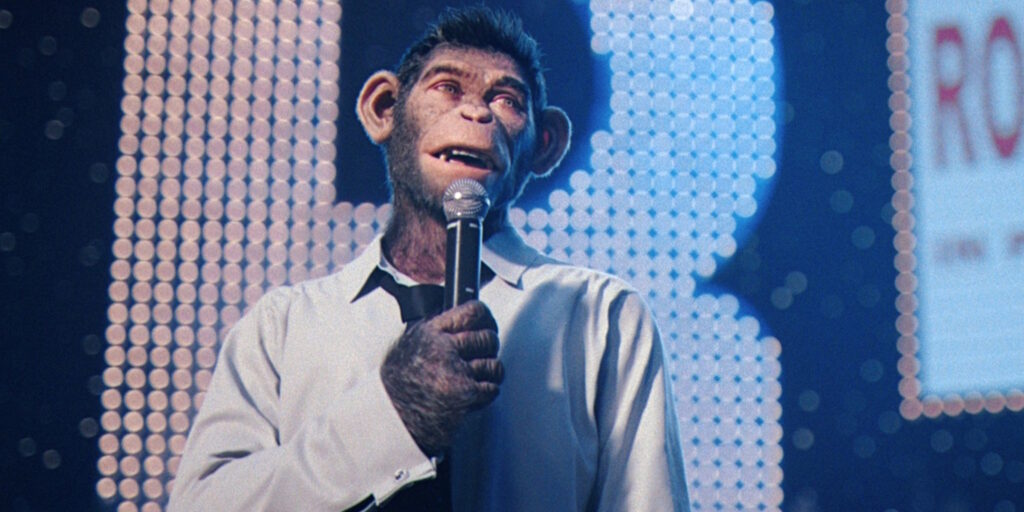[Originally published at Cinema St. Louis’ The Lens.]
A lot has happened in the 16 years between filmmaker Richard Linklater’s last animated film, A Scanner Darkly (2006), and his latest, Apollo 10½: A Space Age Childhood. With the release of Before Midnight (2013), he completed his Before trilogy (1995-2013) — a finale that stuck the landing so well the series was immediately heralded as one of the greatest cinematic three-parters of all time. Linklater also finished his 12-year-long experiment Boyhood (2014), a major creative endeavor that paid off in his first-ever Best Picture, Best Director, and Best Original Screenplay nominations at the Academy Awards. He also experimented with the idea of spiritual sequels via Everybody Wants Some!! (2016) and Last Flag Flying (2017), which were follow-ups in look and feel to (but not explicit continuations of) his own film Dazed and Confused (1993) and Hal Ashby’s The Last Detail (1973), respectively.
In a wonderfully Linklaterian way, Apollo 10½ is all of these things: a spiritual conclusion to a trilogy defined by two decades of artistic experimentation in animation that began with Waking Life (2001) and ends with this exquisite film. Although it wasn’t met with the kind of anticipation reserved for Before Midnight and likely won’t be showered with the kind of awards-season attention received by Boyhood, it doesn’t deserve to be overlooked like Everybody Wants Some!! and Last Flag Flying. Apollo 10½ is not only the finest thing Linklater has done since Boyhood, it’s also one of his very best films, period — a major accomplishment for someone with such a long and impressive track record.
Opening on an elementary-school kickball game in the sweltering Houston heat sometime in the late 1960s, Apollo 10½ firmly establishes itself in a particular time and place. The Space Race is in full swing, man is slated to set foot on the moon in July 1969, and hardly any job could be cooler than astronaut to 10-year-old Stanley (Milo Coy). Narrated by an older Stan (Jack Black), Linklater’s stream-of-consciousness memory play hops between nostalgic-laced recollections of growing up at this historic time in America and an out-of-this-world adventure that sees Stan training for a moonshot after NASA accidentally creates a lunar module that’s too small for adults.
This narrative melding of the lived and the imagined is a clever way to express the film’s central thesis on the nature of memory: Does it matter if our fondest childhood memories really happened, as long as it feels like they did? When stories are told again and again, it’s not uncommon for them to be cemented in history — regardless of whether there is any truth to them. This is seen quite often in the lasting relationships between friends, family, and partners: Married couples forget whose funny anecdote is whose, and friends can’t say for certain who was actually present when so-and-so did that legendary thing. Who owns which story gets blurred when it’s been repeated countless times over the years. Linklater taps into this with Apollo 10½, cleverly treating Stan’s trip to the moon with the same reverence as the time his buddy broke his arm playing Red Rover or the way his Depression-era grandparents used to wash and reuse paper towels.
With Waking Life, A Scanner Darkly, and now Apollo 10½, Linklater consistently relies on animation for this purpose: to seamlessly fuse fantastical, dream-like sequences with his characters’ realities. In Waking Life, these come in the form of dreams — more specifically lucid dreams, where dreamers are aware of the fact that they’re dreaming and can take control of their own reveries. In A Scanner Darkly, they’re drug-induced. Based on a novel by Philip K. Dick, the film explores a United States dominated by high-tech surveillance in response to nearly a quarter of the population becoming hooked on a hallucinogenic drug called Substance D.
In Apollo 10½, it’s Stan’s vivid imagination that brings on these flights of fancy. Linklater’s rotoscope style of animation, which simultaneously looks both lifelike and uncanny, is the perfect technique to create this convincing fusion of the real and the unreal. It works so well that it manages to make even the most trite observations in Apollo 10½ — such as Stan recalling when he and his friends would stay outside from dawn until dusk during summers, or Stan describing how safety was never a concern for anybody during this time — look and feel like revelations.
As with Marcel Proust’s In Search of Lost Time (or, more recently, Karl Ove Knausgård’s My Struggle), questions of legitimacy don’t mean much when the story being told feels real enough. What difference does it make if Stan actually went to space (of course he didn’t) when it’s presented in such an honest, believable way? There’s such a sincerity and an openheartedness to Apollo 10½ that the viewer accepts Stan’s story, even if there’s little that is factual about it. That’s because fact and truth can mean two different things when it comes to artistic expression. If it’s told or crafted well enough, it’s entirely possible to see one’s self in a narrative or a character that bears little to no resemblance to one’s own lived experience.
Apollo 10½ exemplifies this, finding the truth in the life of a young and imaginative boy coming of age in 1960s Texas and making it relatable to childhoods of all generations, genders, and locales. No easy feat, to be sure, but Linklater has shown time and time again that he’s capable of pinpointing the most authentic parts of any scenario — whether it be the last day of school in 1976, a chance encounter on a train ride through Europe, or, in Apollo 10½’s case, a Southwestern upbringing during one of the nation’s most momentous decades.
Apollo 10½: A Space Age Childhood is now available to stream on Netflix.




